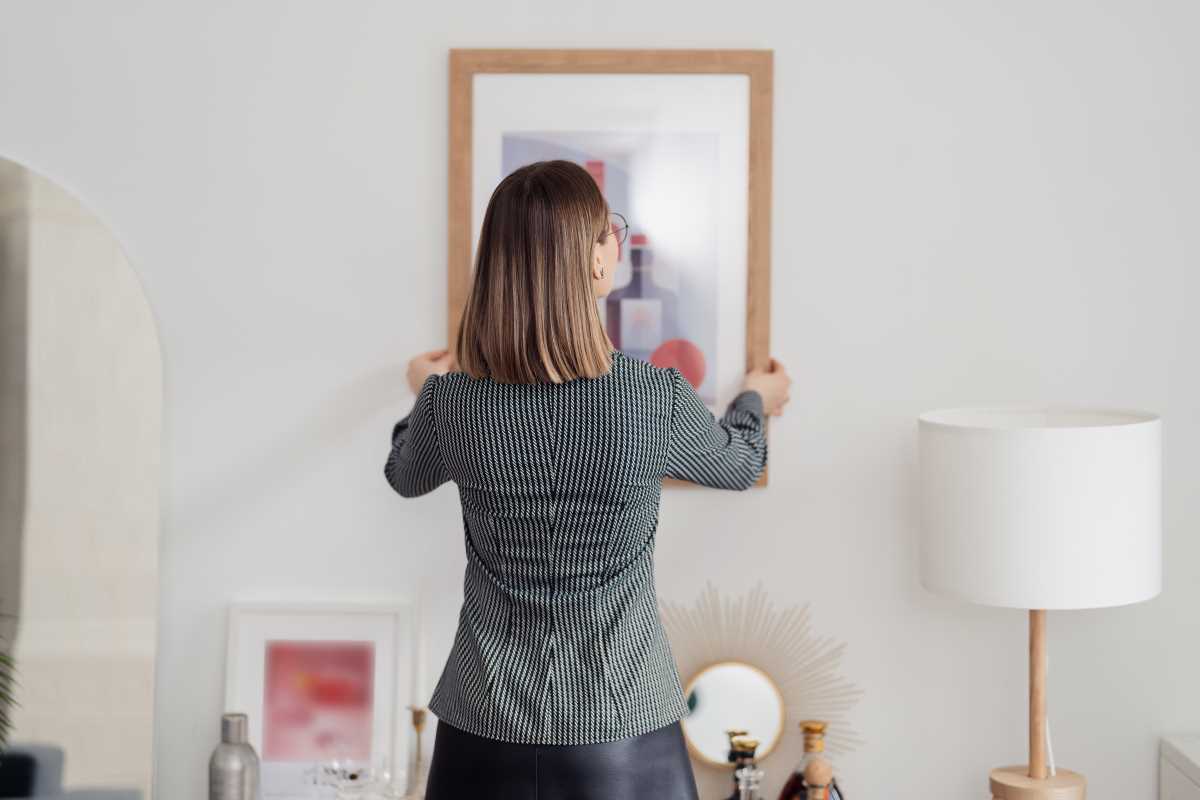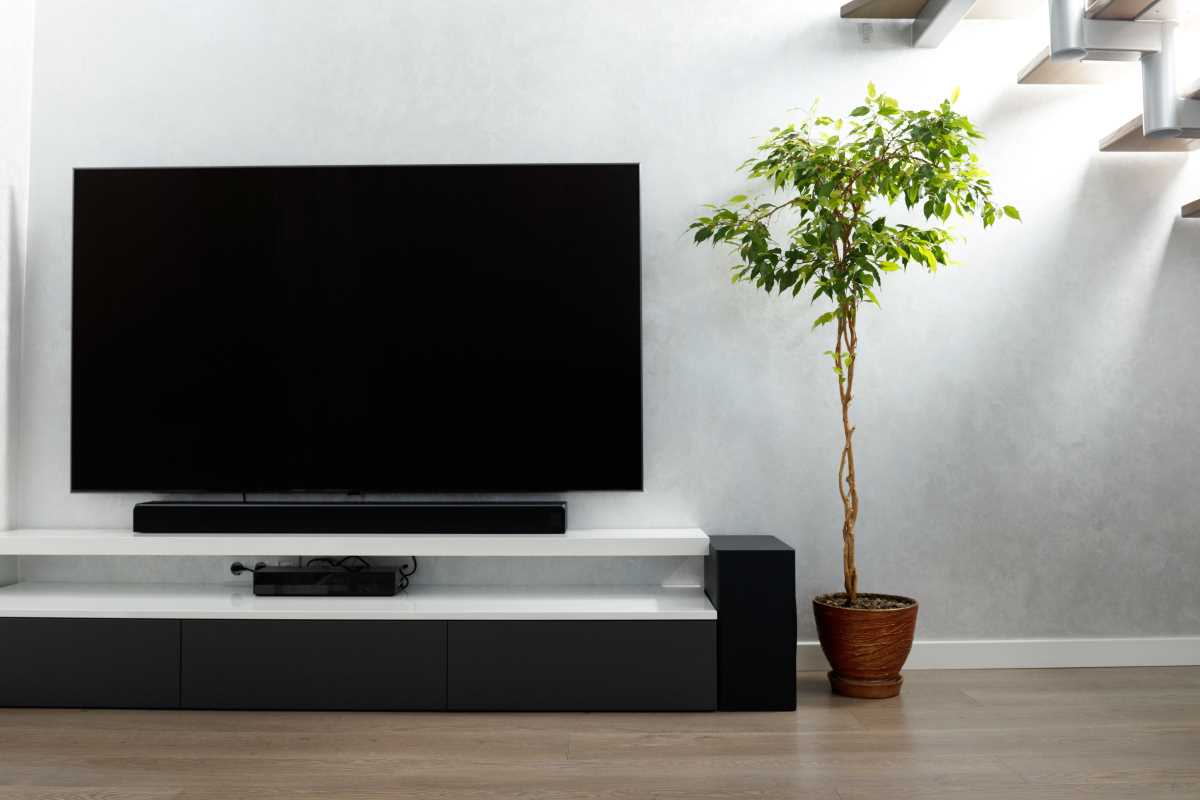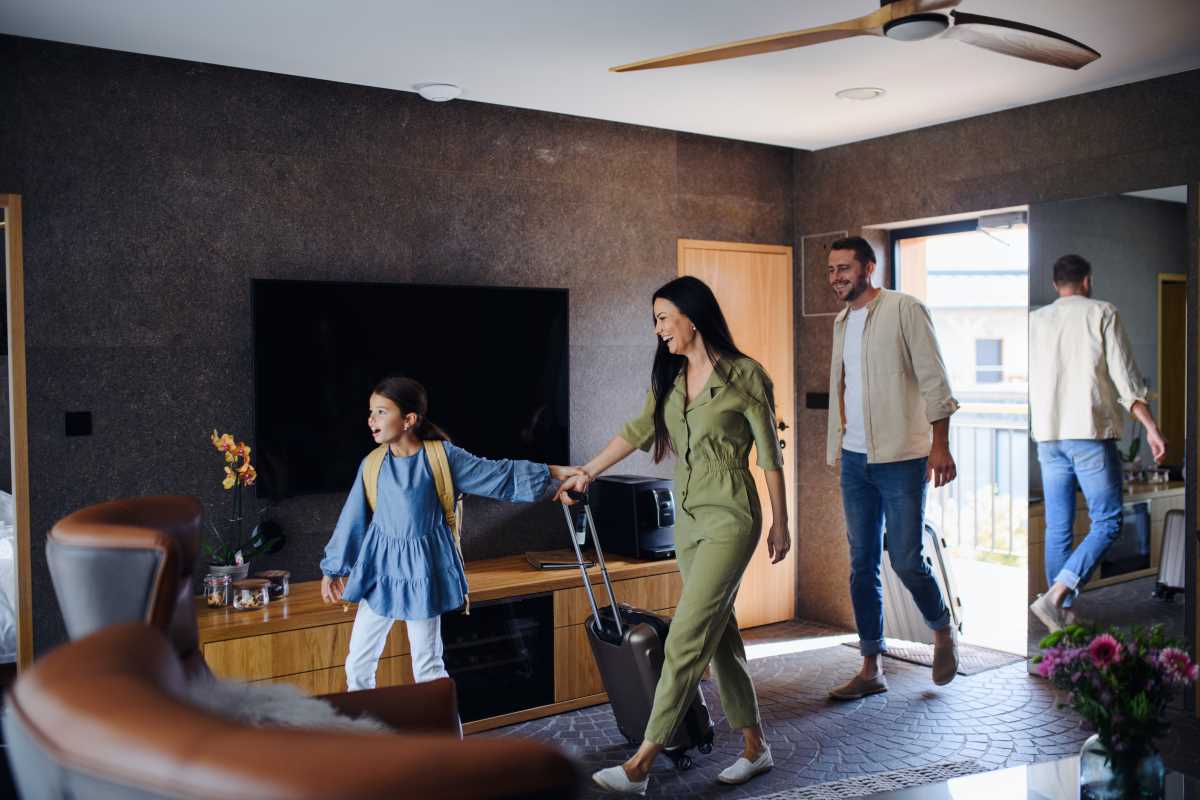Residing in a lively city offers an exhilarating array of experiences, yet it often comes with its share of chaos and noise. The endless symphony of honking cars, chattering neighbors, and the relentless hustle and bustle of city life can make it tough to carve out a serene retreat in your own home. Thankfully, with some clever and thoughtful adjustments, you can transform your living space into a tranquil oasis. This serene haven will shield you from the cacophony outside, allowing you to relax, focus on work, or unwind in peace, undisturbed by the intrusive sounds of the urban jungle.
Understanding Soundproofing Basics
Before diving into the hacks, it's essential to grasp the fundamentals of soundproofing. Soundproofing prevents sound from entering or leaving a space by using various techniques and materials. Here are the key elements to consider:
- Mass: Heavier materials block more sound. Adding mass to walls, floors, and ceilings can significantly reduce noise transmission.
- Damping: Damping materials absorb vibrations, converting sound energy into heat. This helps minimize echo and reverberation within a room.
- Decoupling: Separate structural elements to prevent sound from traveling through them. This technique helps isolate noise sources from your living space.
- Sealing: Ensure there are no gaps or cracks where sound can seep through. Proper sealing around doors, windows, and walls is crucial for effective soundproofing.
- Absorption: Use materials that absorb sound waves, reducing overall noise levels within a room.
Choosing the Right Materials
Selecting the appropriate materials is critical for effective soundproofing. Here are some options to consider:
- Mass Loaded Vinyl (MLV): A dense material that you can add to walls, ceilings, and floors to block sound.
- Acoustic Foam Panels: These panels absorb sound waves, making them ideal for reducing echo and improving room acoustics.
- Carpet and Rugs: Thick carpets and rugs absorb sound, especially on hard flooring surfaces.
- Weatherstripping: Apply this around doors and windows to seal gaps and prevent noise leakage.
- Double-Glazed Windows: These windows have two panes of glass with a space in between, providing better sound insulation compared to single-pane windows.
- Heavy Curtains: Made from dense fabrics, heavy curtains block external noise and reduce sound reflection within the room.
DIY Hacks for Walls and Doors
Walls and doors serve as major pathways for sound. Here are some practical tips to enhance their soundproofing:
For walls, consider adding an extra layer of drywall with a sound-dampening compound like *Green Glue* in between. This combination effectively reduces sound transmission. Alternatively, hanging large tapestries or quilted blankets on your walls can add mass and absorb sound.
Doors often lack proper insulation. To soundproof your doors, apply weatherstripping around the edges to seal gaps. Installing a solid-core door instead of a hollow one can also make a significant difference. Using draft blockers or door sweeps at the bottom will prevent noise from seeping through.
Creating Quiet Corners
Setting up a section of your apartment as a quiet corner can provide a personal retreat from the city's noise. Start by positioning a comfortable chair or a small sofa in a secluded area. Enhance the space with soft furnishings like cushions and throws to absorb sound. Incorporate plants, which not only add a touch of nature but also help in reducing noise levels.
Using furniture like bookshelves filled with books can act as additional sound barriers. To further enhance the tranquility of your quiet corner, experiment with ambient lighting. This combination of elements will make your quiet corner a perfect spot to relax and escape the urban chaos.
Soundproofing Windows and Floors
Windows and floors frequently serve as sources of unwanted noise. Implement these techniques to minimize noise intrusion:
- Window Inserts: Installing window inserts creates an additional barrier against sound without replacing your existing windows.
- Thick Curtains: Heavy, lined curtains not only block light but also absorb sound waves, reducing noise from outside.
- Rugs and Carpets: Covering hardwood or tile floors with thick rugs or carpets dampens footsteps and absorbs sound.
- Underlayments: Adding acoustic underlayments beneath flooring materials provides extra sound insulation.
- Double-Layered Flooring: Installing a second layer of flooring helps block noise from adjacent rooms or units.
By addressing windows and floors with these methods, you can significantly reduce the amount of noise that enters your apartment, creating a more peaceful living environment.
With the right materials and DIY techniques, you can easily create a soundproof sanctuary in your urban apartment. Begin transforming your space today to enjoy the tranquility you deserve amidst city noise.







